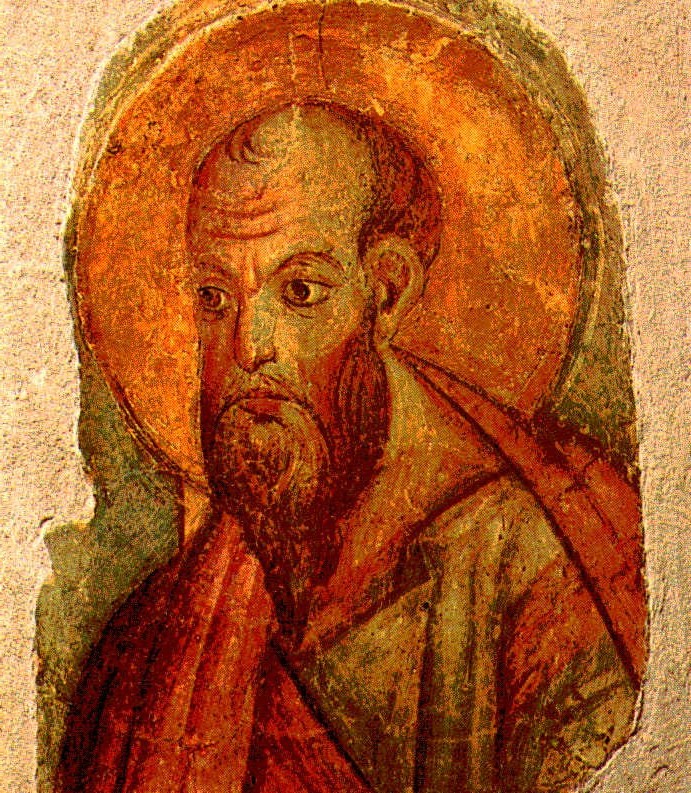 Here's a great book about discovering your personal vocation and how to work towards it. It is written by Andreas Widmer who is both the young Swiss Guard and the not-quite-so-young CEO referred to in the title. This book is simple and short (just 150 pages) but powerful. He engages us with many great anecdotes of the great Pope that illustrate his points and reveal insights into the man’s personality that I was not aware of before. It was also interesting just to find what a Swiss Guard does (apart from standing still for tourists wearing striped baggy trousers).
He builds on these tales with his subsequent experience as a businessman. There are valuable practical lessons for businessmen here, but it is wider reaching than that. It is as much about the realisation of personal vocation (Andreas's happens to be that of a businessman) and so is, potentially, of interest to everyone.
Here's a great book about discovering your personal vocation and how to work towards it. It is written by Andreas Widmer who is both the young Swiss Guard and the not-quite-so-young CEO referred to in the title. This book is simple and short (just 150 pages) but powerful. He engages us with many great anecdotes of the great Pope that illustrate his points and reveal insights into the man’s personality that I was not aware of before. It was also interesting just to find what a Swiss Guard does (apart from standing still for tourists wearing striped baggy trousers).
He builds on these tales with his subsequent experience as a businessman. There are valuable practical lessons for businessmen here, but it is wider reaching than that. It is as much about the realisation of personal vocation (Andreas's happens to be that of a businessman) and so is, potentially, of interest to everyone.
I have written before, here, about how I was inspired to believe that if we have faith enough to believe it possible, that a life of joy and abundance is possible for everyone. Much of what I read confirmed the guidance that I was given, and much adds something new and useful to it.
He describes very well the different types of vocation and how every single person has a personal vocation that offers them a life of joy and fulfilment. Every aspect of our life can be ordered to this calling and ultimately everything is ordered to love of God and our fellows on our final destination of union with God in heaven. It is our joy in the journey that will do so much to attract others to the Catholic life.
 What is particularly good is how he tackles head on the question of earthly and material success. So many assume, I think, that we should aim to be as poor as we can and those who are wealthy are somehow less holy.
What is particularly good is how he tackles head on the question of earthly and material success. So many assume, I think, that we should aim to be as poor as we can and those who are wealthy are somehow less holy.
Widmar presents a different picture. Riches empower us to do what we are meant to do and so some need these things in order to be able to fulfil their vocation. It is a modern day noblesse oblige - the balancing of privilege with responsibility. He stresses how important it is that striving for these things doesn't detract us from our ultimate calling and the wealthier we are, the more important it is to develop detachment through personal discipline and, as mentioned before cultivating a joy in life that ensures that we do not rely on anything other than God to make us happy. If we strive for these things then we can be the example that draws others to the faith.
I enjoyed his explanation of how the spiritual life is not a handicap to business, even in worldly terms but rather, it is an asset. For those whose vocation is to be a businessman (an important qualification) then following the path of holiness in business will tend to encourage the flourishing of that business. If God intends someone to be wealthy, then holiness will increase their chance of success. It will enhance creativity, resourcefulness, efficiency and importantly more competitiveness.
This is contrary to a commonly held view that making money by carrying out the core business activities cannot be harmony with those actions that promote a more caring 'person-centred'' business; and leads to the assumption that a business must necessarily compromise profitability in order to care properly for its employees and customers. The message that I take from Widmer's book (and he speaks with some authority as an experienced and successful businessman) is that when the conduct of the those in the business reflects good values, it will add value to the goods and services offered; and give a company a greater competitive edge.
Widmer stresses need for prudence and guidance in making decisions where the options both seem morally sound. In other words how do I know not just what is good, but what it the best. He gives good advice in facing these situations.
There is perhaps more that could be said on how to improve prudence and creativity so that our actions are in closer harmony with the cosmos and the beauty of the Trinity: and that is through a traditional education in beauty. Also in regard to ordering the different aspects of our personal vocation, it is useful to take into account that man is made to worship God - it is intrinsic to his being. The liturgy is the earthly bridge to the heavenly realm, so if we are seeking to conform anything that we do to our heavenly end, then it will be a great help if liturgical principles come into play. These are small points in the context of the whole book and it's not surprising that they occur to me, as they are my particulary personal interests... so I would say that wouldn't I! So overall this is a great book and strongly recommended.
See more about the book and order a copy at www.thepopeandtheceo.com.

















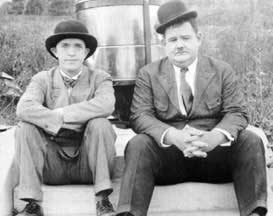

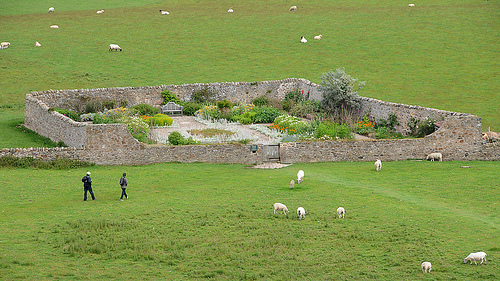


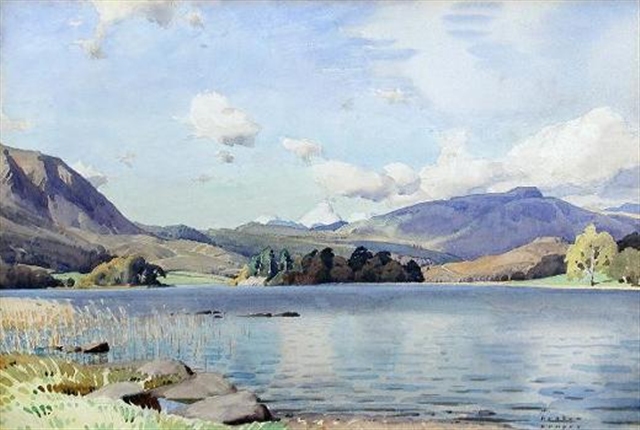

 Marc Chagall’s work is very much a product of this 20th century spirit of self-expression and individualism.
Marc Chagall’s work is very much a product of this 20th century spirit of self-expression and individualism. Secondly, sacred art can be good devotional art without being appropriate for the liturgy. The art that we choose to for our own private prayer is a personal choice based upon what we feel helps our own prayer life. We have to be more careful when selecting art for our churches, allowing for the fact that personal tastes vary. While for my home I would pick whatever appeals to me; for a church I would always choose that art for which there is the greatest consensus over the longest period of time. Accordingly I am much more inclined to put aside personal preference and allow tradition to be the greatest influence in the choices I make. For the liturgy, therefore, I would always choose that art which conforms to the three established liturgical traditions: the baroque, the gothic and the iconographic. I would not put Chagall in a church.
Secondly, sacred art can be good devotional art without being appropriate for the liturgy. The art that we choose to for our own private prayer is a personal choice based upon what we feel helps our own prayer life. We have to be more careful when selecting art for our churches, allowing for the fact that personal tastes vary. While for my home I would pick whatever appeals to me; for a church I would always choose that art for which there is the greatest consensus over the longest period of time. Accordingly I am much more inclined to put aside personal preference and allow tradition to be the greatest influence in the choices I make. For the liturgy, therefore, I would always choose that art which conforms to the three established liturgical traditions: the baroque, the gothic and the iconographic. I would not put Chagall in a church. When Caravaggio produced his work at the end of the 16th century it had such an effect on the art of the Rome that nearly all other artists modeled their work on it. However, the basis of this new style was not mysterious. He presented a visual vocabulary that was a fully worked out integration of form and theology. It was the culmination of much work done over a period of time (about 100 years) through a dialogue between artists and the Church’s theologians, philosophers, liturgists. It became the basis for a new tradition because the integration of form and content was articulated and understood, so other artists could learn those principles and apply them in their own work. It was possible to reflect that style, and develop it further, without blindly (so to speak) copying Caravaggio. They copied with understanding.
When Caravaggio produced his work at the end of the 16th century it had such an effect on the art of the Rome that nearly all other artists modeled their work on it. However, the basis of this new style was not mysterious. He presented a visual vocabulary that was a fully worked out integration of form and theology. It was the culmination of much work done over a period of time (about 100 years) through a dialogue between artists and the Church’s theologians, philosophers, liturgists. It became the basis for a new tradition because the integration of form and content was articulated and understood, so other artists could learn those principles and apply them in their own work. It was possible to reflect that style, and develop it further, without blindly (so to speak) copying Caravaggio. They copied with understanding.

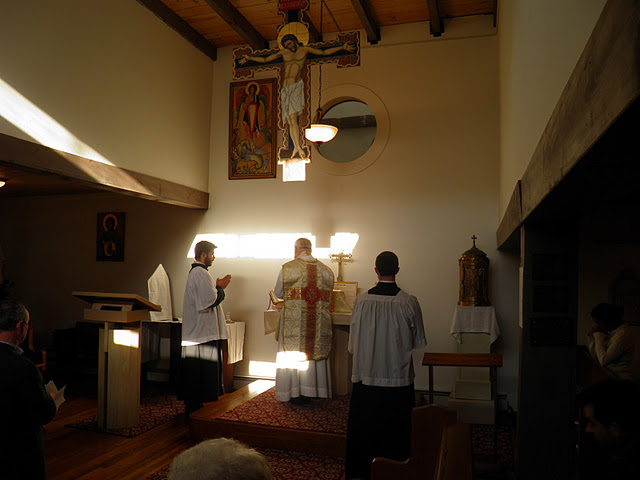
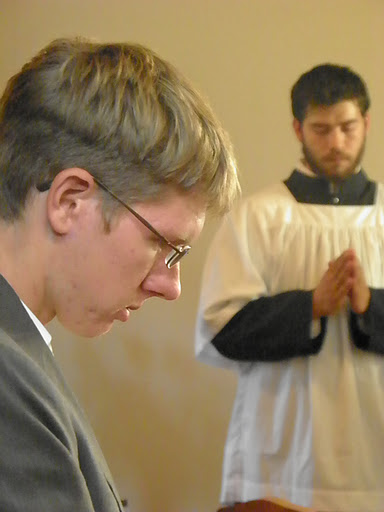
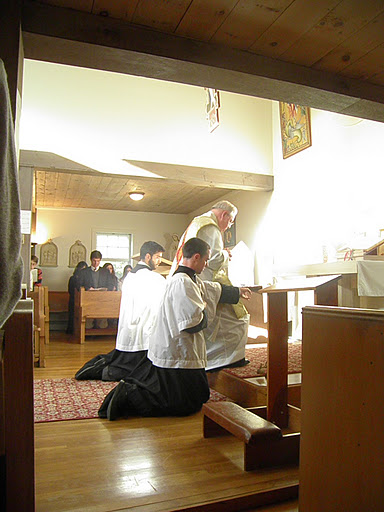

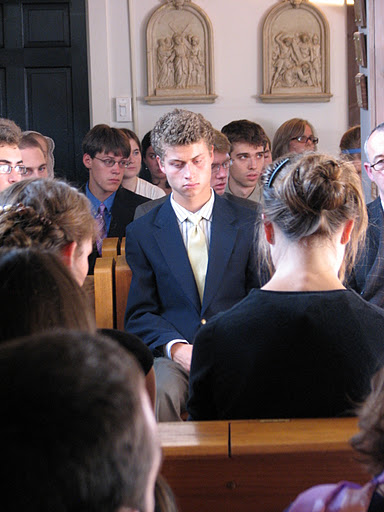


 After the Englightenment, Pope Benedict tells us in the Spirit of the Liturgy, such a dislocation occurred and this break has remained ever since. The wider culture stepped away from the culture of faith. It became one that reflected and reinforced the values, priorities and beliefs of an Enlightenment influenced worldview. There were two responses he says: one was to try to create Catholic social ghettoes that shut out mainstream culture and both were inadequate. This created an attitude of ‘historicism’ which was an unthinking and sterile attempt to recreate an idealized past. Inevitably, this approach is doomed to failure because the culture of faith is not seeking to engage and overcome the wider culture, but to escape from it. The wider culture will hammer away at the church door until it finds a weakness in the defenses and floods in. This is precisely what happened, it seems to me, after Vatican II. The intention was to open the doors and the let the Faith out to evangelise the world, but in the end the opposite happened. To blame were the improper implementation of the Council (covered may times in this site); and the other tendency described by Pope Benedict in response to the dislocation of culture: that of attempting to compromise the culture of faith with the secular culture. Secular culture is strong in reflecting the practices, beliefs and values of what is bad (eg the Enlightenment). Trying to use this to promote what is good, just results in an impotence. In the context of art, trying to portray something good with the visual vocabulary of despair either creates, in my judgement, inappropriately ugly Christian art; or else in trying to remove the ugliness, leaves the artist with a visual tool set robbed of any power at all, which produces a weak, sentimentalism – kitsch. Neither does anything to stop the erosion of the values of the Faith and the progress of the secular worldview.
After the Englightenment, Pope Benedict tells us in the Spirit of the Liturgy, such a dislocation occurred and this break has remained ever since. The wider culture stepped away from the culture of faith. It became one that reflected and reinforced the values, priorities and beliefs of an Enlightenment influenced worldview. There were two responses he says: one was to try to create Catholic social ghettoes that shut out mainstream culture and both were inadequate. This created an attitude of ‘historicism’ which was an unthinking and sterile attempt to recreate an idealized past. Inevitably, this approach is doomed to failure because the culture of faith is not seeking to engage and overcome the wider culture, but to escape from it. The wider culture will hammer away at the church door until it finds a weakness in the defenses and floods in. This is precisely what happened, it seems to me, after Vatican II. The intention was to open the doors and the let the Faith out to evangelise the world, but in the end the opposite happened. To blame were the improper implementation of the Council (covered may times in this site); and the other tendency described by Pope Benedict in response to the dislocation of culture: that of attempting to compromise the culture of faith with the secular culture. Secular culture is strong in reflecting the practices, beliefs and values of what is bad (eg the Enlightenment). Trying to use this to promote what is good, just results in an impotence. In the context of art, trying to portray something good with the visual vocabulary of despair either creates, in my judgement, inappropriately ugly Christian art; or else in trying to remove the ugliness, leaves the artist with a visual tool set robbed of any power at all, which produces a weak, sentimentalism – kitsch. Neither does anything to stop the erosion of the values of the Faith and the progress of the secular worldview. Inset into the text are examples of each. First a crucifixion from 1912 by Emile Nolde, which reflects the style of the mainstream art movement of the time. Second, left, we have a modern prayer card in which the artist, in my opinion, relies to heavily on sentiment. It is lacking an authentic Christian visual vocabulary that exists within, for example the baroque, and so is unable to communicate its message with vigour.
Inset into the text are examples of each. First a crucifixion from 1912 by Emile Nolde, which reflects the style of the mainstream art movement of the time. Second, left, we have a modern prayer card in which the artist, in my opinion, relies to heavily on sentiment. It is lacking an authentic Christian visual vocabulary that exists within, for example the baroque, and so is unable to communicate its message with vigour.


















 Similarly, the artist must try to consider the wider context into which it is to be placed. Works look different when placed on dark or light backgrounds, or when there are other paintings around. Also and most importantly, the position relative to the liturgy must be considered.
Similarly, the artist must try to consider the wider context into which it is to be placed. Works look different when placed on dark or light backgrounds, or when there are other paintings around. Also and most importantly, the position relative to the liturgy must be considered.












 Where had the inspiration for this come from, I asked? I expected to be told that this was part of the American neo-gothic inspired first by figures such as Pugin in England. To my surprise I was told that the inspiration came from American quilt patterns. I had been told before (though hadn’t really bothered to investigate further) that what I was looking at was similar to many traditional quilt patterns. I don’t know much about the history of these quilt patterns, but it has occurred to me that just as with Islam, a protestant society that has iconoclastic instincts is going develops its artistic expression in geometric non-fugurative areas. So perhaps we have here another source inspiration for us in trying to reestablish geometric patterned art as part of the Catholic tradition. As with all these things, it should be done (with discernment - I wouldn't always retain the colour schemes used!) but there do seem to me to be possibilities here.
Where had the inspiration for this come from, I asked? I expected to be told that this was part of the American neo-gothic inspired first by figures such as Pugin in England. To my surprise I was told that the inspiration came from American quilt patterns. I had been told before (though hadn’t really bothered to investigate further) that what I was looking at was similar to many traditional quilt patterns. I don’t know much about the history of these quilt patterns, but it has occurred to me that just as with Islam, a protestant society that has iconoclastic instincts is going develops its artistic expression in geometric non-fugurative areas. So perhaps we have here another source inspiration for us in trying to reestablish geometric patterned art as part of the Catholic tradition. As with all these things, it should be done (with discernment - I wouldn't always retain the colour schemes used!) but there do seem to me to be possibilities here.





